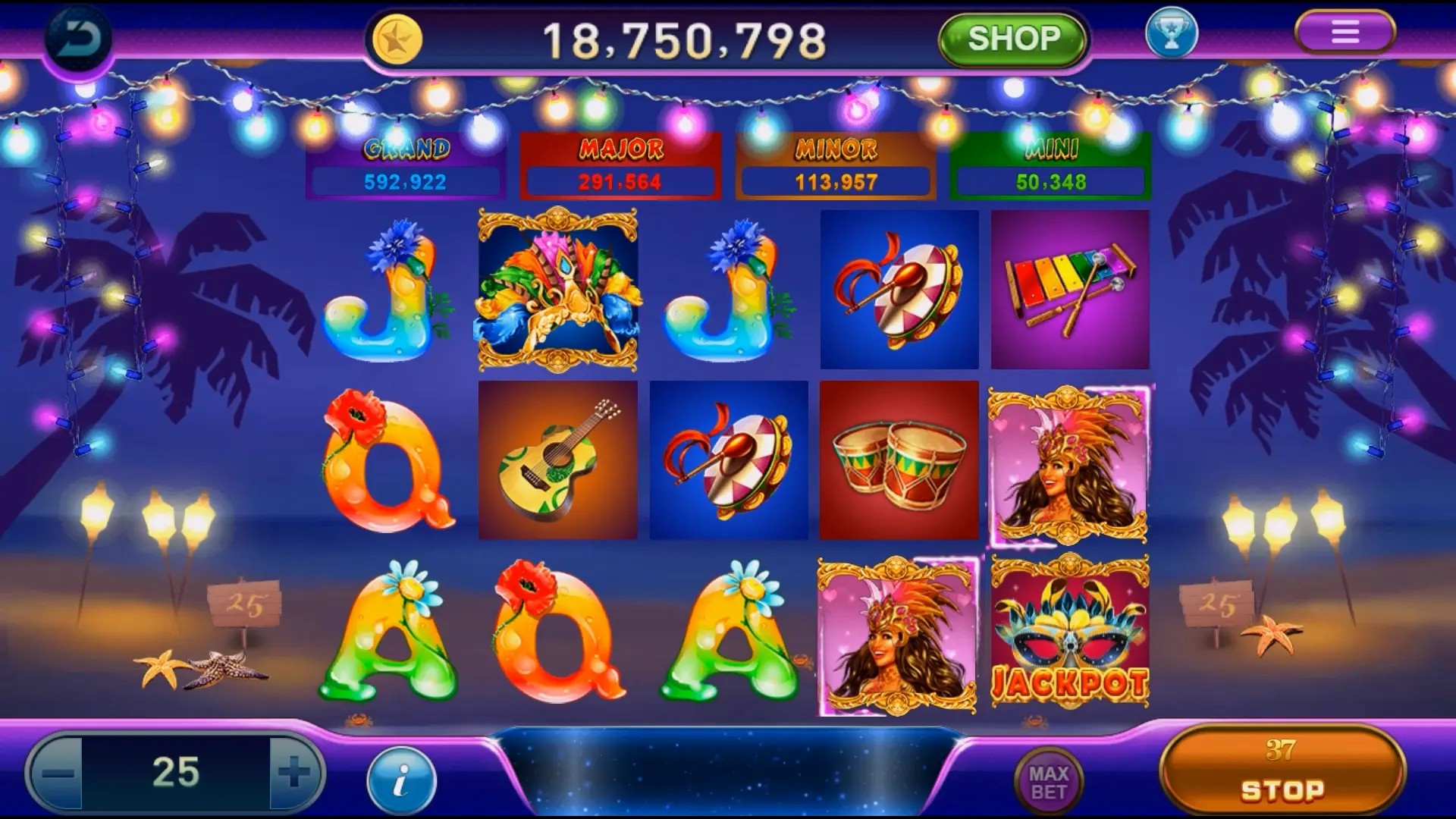Unlocking Fun and Learning: How Multiplayer Educational Games Are Transforming Learning Environments
The Rise of Multiplayer Games in Education
Education is evolving, and one of the most exciting frontiers is the incorporation of multiplayer games. These games provide a platform for students to engage actively, collaborate, and learn in a fun-filled atmosphere. But why exactly are educators embracing these games? Let's dive in!
Why Educational Games Matter
Educational games support the learning process in several ways. They engage students, promote critical thinking, and enable real-time feedback. Multiplayer formats expand upon this by allowing peer-to-peer interaction, making teamwork and communication skills integral parts of the game.
Engaging Learning Environments
Multiplayer educational games create immersive learning experiences. Imagine classrooms filled with the joyful shouts of children competing in a math challenge or collaborating to solve a historical puzzle. This dynamic engagement is part of what makes these games so effective.
Key Benefits of Multiplayer Educational Games
- Collaboration: Players work together to solve problems, fostering teamwork skills.
- Instant Feedback: Players receive immediate responses to their actions, which aids quick learning.
- Active Participation: Instead of passive learning, students take an active role in their education.
Types of Educational Multiplayer Games
There’s a variety of educational games dominating the landscape. Here’s a breakdown:
| Game Type | Description | Example |
|---|---|---|
| Role-Playing Games | Players assume roles and complete quests, enhancing problem-solving skills. | Unnamed RPG Game |
| Puzzle Games | Players solve puzzles collaboratively, which enhances critical thinking. | Escape Room Games |
| Simulation Games | Simulate real-world scenarios, allowing students to learn through practice. | SimCityEDU |
Integrating Games into Curriculum
Implementing games into the curriculum can be daunting. However, it’s essential for tenure in modern pedagogy. Here’s how to get started:
- Identify learning objectives that align with game mechanics.
- Choose appropriate games that foster both fun and learning.
- Encourage collaboration and discussion about the gameplay.
Overcoming Challenges
While the benefits are immense, integrating multiplayer games into education comes with its challenges. Technical issues, varying student engagement levels, and the need for teacher training can be hurdles that need addressing.
Match Frame Crash Premiere: A Real-World Example
Have you ever experienced a game glitch that shattered your focus? The Match Frame Crash Premiere event exemplifies how technical setbacks can affect multiplayer gaming environments. Understanding and preparing for such issues can enhance the gaming experience in learning.
Utilizing Codes for Success
In some cases, players can enhance their game experience using special codes. For instance, unnamed RPG game codes allow players to unlock extra features or benefits within the game, further driving engagement. Such codes can be incentives for students to participate more actively.
The Role of Reddit and Online Communities
Online platforms like Reddit provide communities where players share experiences, tips, and resources. Engaging in these forums can guide educators and players alike, creating a supportive network that enhances game-based learning.
Future Trends in Educational Gaming
As we advance, the scope of educational games is expected to widen. Virtual reality (VR) and augmented reality (AR) are on the rise, providing richer experiences. Imagine history lessons live within historic environments or science classes conducting experiments in a virtual laboratory!
Ensuring Accessibility for All
While multiplayer games offer incredible potential, it’s essential to consider access. Not all students may have access to high-end technology or consistent internet. Developing solutions for accessible gameplay is crucial in ensuring that no student is left behind.
The Teacher's Perspective
Teachers play a pivotal role in the success of educational games. Proper training and understanding are necessary to facilitate these games and turn gameplay into structured learning. They need to guide the discussion and strategies that arise during games.
Parent Involvement
Parents can also help enrich the learning experience. Knowing what their children are learning through these games can lead to conversations at home that reinforce learned skills. Engaging parents in multiplayer scenarios can enhance this home-school connection.
Fostering a Positive Attitude Towards Learning
Perhaps one of the most significant impacts of multiplayer educational games is their ability to foster a love for learning. The thrill of competition, the joy of collaboration, and the fun of gameplay can create an environment where students look forward to opportunities to learn.
Conclusion: Embracing Change in Education
As we navigate an evolving educational landscape, it’s evident that multiplayer educational games are here to stay. They are transforming how students interact with content and each other. Embracing these changes can unlock new potential in learning. Let’s harness the power of games and turn our classrooms into dynamic hubs of discovery!


